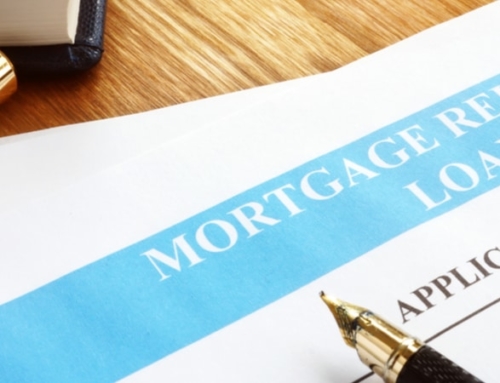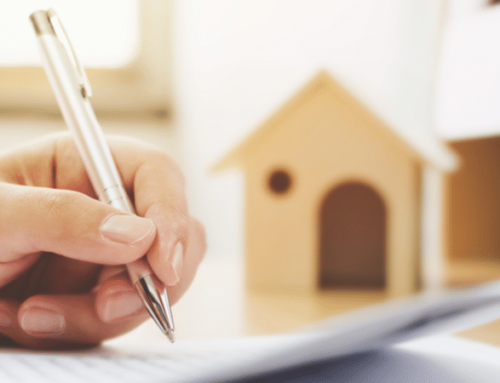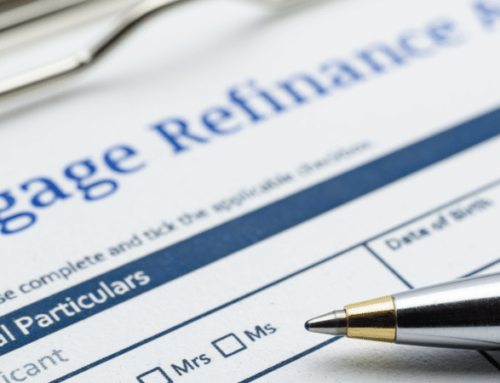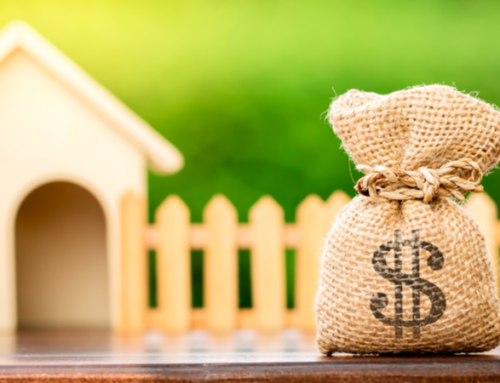Q: My wife and I purchased a second home two years ago. Due to its condition, it didn’t qualify for a conventional mortgage.
Currently, we have a 2-year balloon loan at 5.6 percent interest rate that comes due in April, 2006. We will owe the entire principal in April unless we refinance before it comes due. Our banker suggests that we just follow this loan through its course and refinance next April.
But given the upward trend in interest rates, we’re a little nervous about taking that advice without at least exploring other options.
We’ve come up with the following options: (1) Work very hard to bring the property up to code so that it will qualify for a conventional mortgage by April. This may or may not happen; (2) Take out a home equity loan of $36,000 on our primary home for the balance of the second home; (3) Borrow against farmland that I own with an agricultural loan at around 8 percent; or (4) Wait until April and see what our banker can offer us.
Luckily, the loan amount isn’t huge, but it’s enough to make us nervous given our family income. We would both feel much more comfortable locking in at a fixed rate. Any advice or insight you could offer would be greatly appreciated.
A: I vote for what’s behind door number 4.
Your banker sounds like a smart guy. Interest rates have risen slightly, but at press time they were around 6 percent for a 30-year fixed rate loan. While interest rates may rise by April, they probably won’t go up by much, so your upward risk is somewhat limited.
I wonder what kind of condition the house was in when you purchased it. Was it missing the kitchen? The interest you’re paying on your current loan is above today’s market interest rate for a 2-year balloon, and was far above market rates 18 months ago. However, it is still below current market rates for a 30-year loan, you may want to continue to pay at this lower rate as long as you can.
But if you can’t sleep at night wondering if interest rates are about to go sky high, you may want to take out the home equity loan to pay off the second home debt.
It seems wasteful to borrow at 8 percent when you can borrow against your primary residence for a lot less. So, take a pass on the borrowing against your agricultural land.
You could refinance your primary home loan and take out enough equity to pay off this second home loan. That should be your least expensive option, since primary home loans are generally less expensive than vacation home or investment home loans.
Instead of getting a 30-year fixed-rate mortgage, you could try a 5/1 adjustable rate mortgage (ARM) which would be less expensive than the 30-year loan. It would also give you five years of fixed payments in which to prepay the mortgage.
What I’m really getting from your letter is that you’re worried about interest rates going up and concerned you’re going to be paying a lot more for your loan when you refinance. Perhaps it would help to see what the out of pocket difference would be:
Let’ss say you borrow $50,000, which is typically the smallest amount many lenders will require you to borrow for a complete refinance, although you can take out a smaller home equity loan. If you could take out $50,000 at 5.6 percent, you’d pay $287.04 per month. If you borrowed the same $50,000 at 6.25 percent, your monthly payment would be $307.86, a difference of about $20 per month.
True, you’ll have some closing costs, but at 6.25 percent you should be able to do a no-cost, or close to a no-cost closing.
If you’re worried about an extra $20 per month, then you probably shouldn’t have bought a second home. But my guess is that you’ve calculated the loan amount incorrectly, and so the number you came up with seems a lot higher.
If it were me, I’d wait until January to see where you are, and then begin the refinance process. I wouldn’t wait until April, because things can happen and you don’t want the loan to adjust upward and waste money. But refinancing in late February or March would probably be a good idea, whether you refinance the second home loan, or take out an ARM or fixed-rate home equity loan against your primary residence.
Nov. 2, 2005.






Leave A Comment